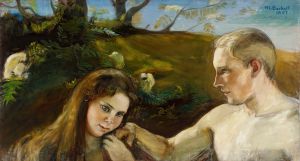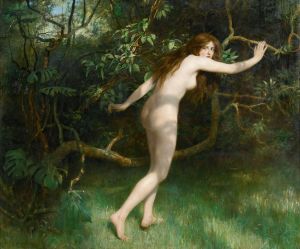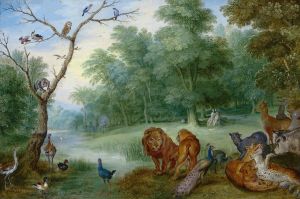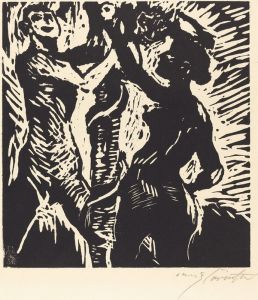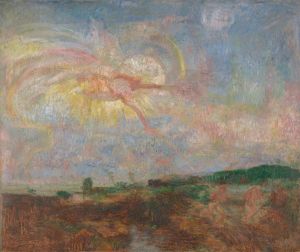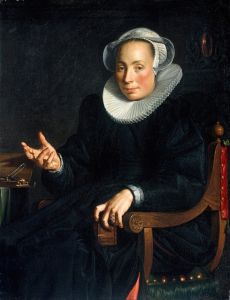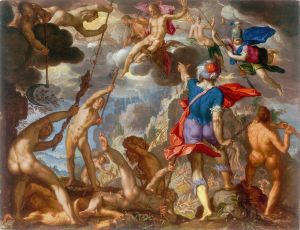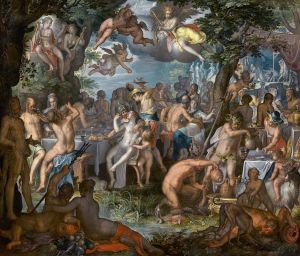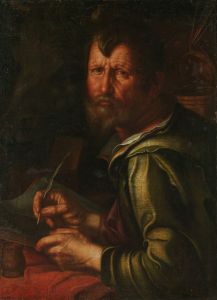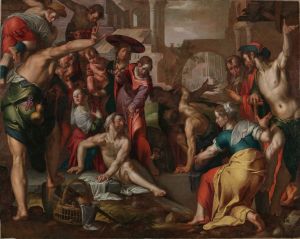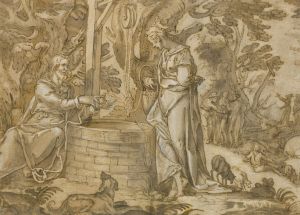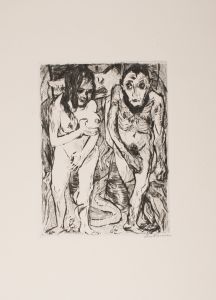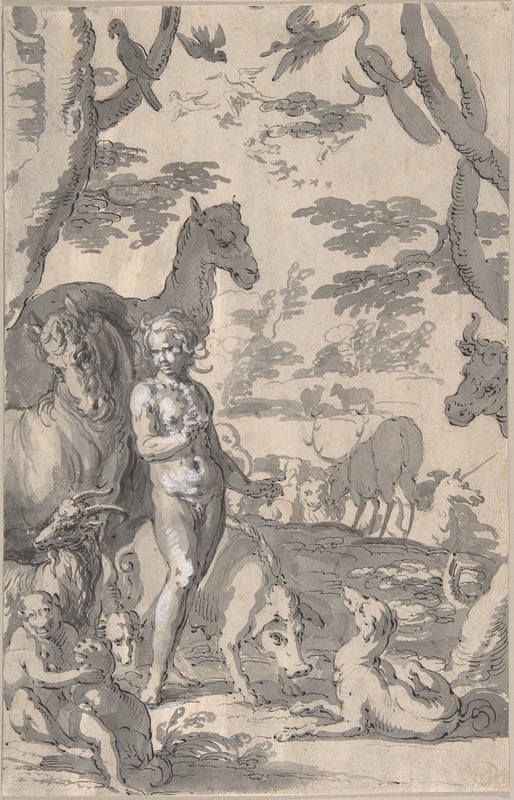
Adam in the Garden of Eden, Naming the Animals
A hand-painted replica of Joachim Wtewael’s masterpiece Adam in the Garden of Eden, Naming the Animals, meticulously crafted by professional artists to capture the true essence of the original. Each piece is created with museum-quality canvas and rare mineral pigments, carefully painted by experienced artists with delicate brushstrokes and rich, layered colors to perfectly recreate the texture of the original artwork. Unlike machine-printed reproductions, this hand-painted version brings the painting to life, infused with the artist’s emotions and skill in every stroke. Whether for personal collection or home decoration, it instantly elevates the artistic atmosphere of any space.
Joachim Wtewael's painting Adam in the Garden of Eden, Naming the Animals is a notable work by the Dutch Mannerist painter, who was active during the late 16th and early 17th centuries. Wtewael (1566–1638) was known for his highly detailed and vibrant compositions, often characterized by their intricate use of color and dramatic, elongated figures, hallmarks of the Mannerist style.
This painting depicts the biblical story from the Book of Genesis, where Adam, the first man, is tasked by God with naming the animals in the Garden of Eden. The scene is rich with symbolic and naturalistic elements, showcasing a variety of animals that Adam encounters. Wtewael's attention to detail is evident in the careful rendering of the animals, which include both familiar creatures and more exotic species, reflecting the artist's interest in the natural world and possibly the influence of the burgeoning scientific curiosity of the time.
The composition places Adam at the center of the lush, paradisiacal garden, surrounded by a diverse array of flora and fauna. The vibrant colors and intricate details of the painting exemplify Wtewael's mastery of oil on copper, a medium he frequently employed to achieve a luminous and refined finish. The use of copper as a support allowed for the preservation of the painting's vivid colors and fine details over time.
Wtewael's work often incorporated religious themes, and this painting is no exception. It reflects the theological significance of Adam's role in the divine order of creation, as well as the harmony and abundance of the prelapsarian world. The painting also demonstrates Wtewael's ability to blend religious narrative with the aesthetic ideals of the Mannerist movement, creating a composition that is both spiritually resonant and visually striking.
While the exact date of the painting's creation is not definitively known, it is consistent with Wtewael's mature style, which flourished in the early 17th century. The painting is an excellent example of the artist's ability to combine intricate detail, vivid coloration, and dynamic composition to bring biblical stories to life.
Today, Adam in the Garden of Eden, Naming the Animals is recognized as an important work within Wtewael's oeuvre, reflecting both his technical skill and his engagement with the religious and artistic currents of his time. The painting is held in a public or private collection, though specific details about its current location or provenance may vary.





